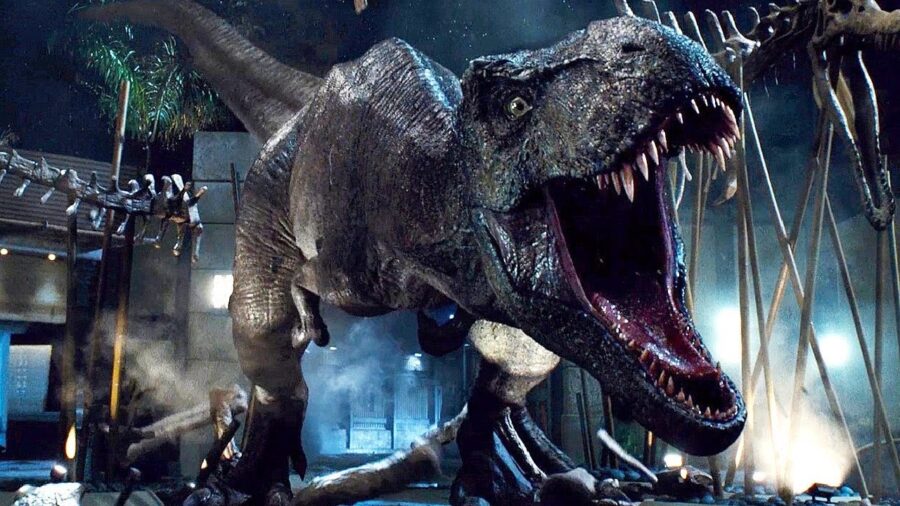
While the new tyrannosaurus species is smaller than its genetic relatives, it was still an estimated 21 feet long, from snout to tail. The fossil dates back to the Campanian age and is estimated to have lived around 72.5 million years ago. Paleontologists believe that the Labocania clade was the apex predator of its region during its time, while larger members of the genus controlled territory to the north.
The partial fossil of the new tyrannosaurus species was discovered in the Cerro del Pueblo Formation in Mexico, West of Saltillo, Coahuila, Mexico. It was discovered and identified by Hector Rivera-Sylva and Nicholas Longrich, who published their findings in Fossil Studies. The discovery is being hailed as groundbreaking, with major implications for the larger paleontological community.








